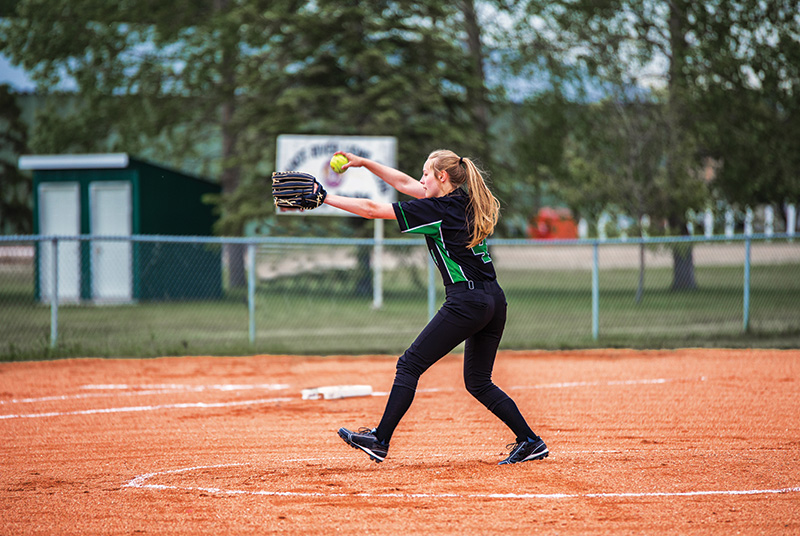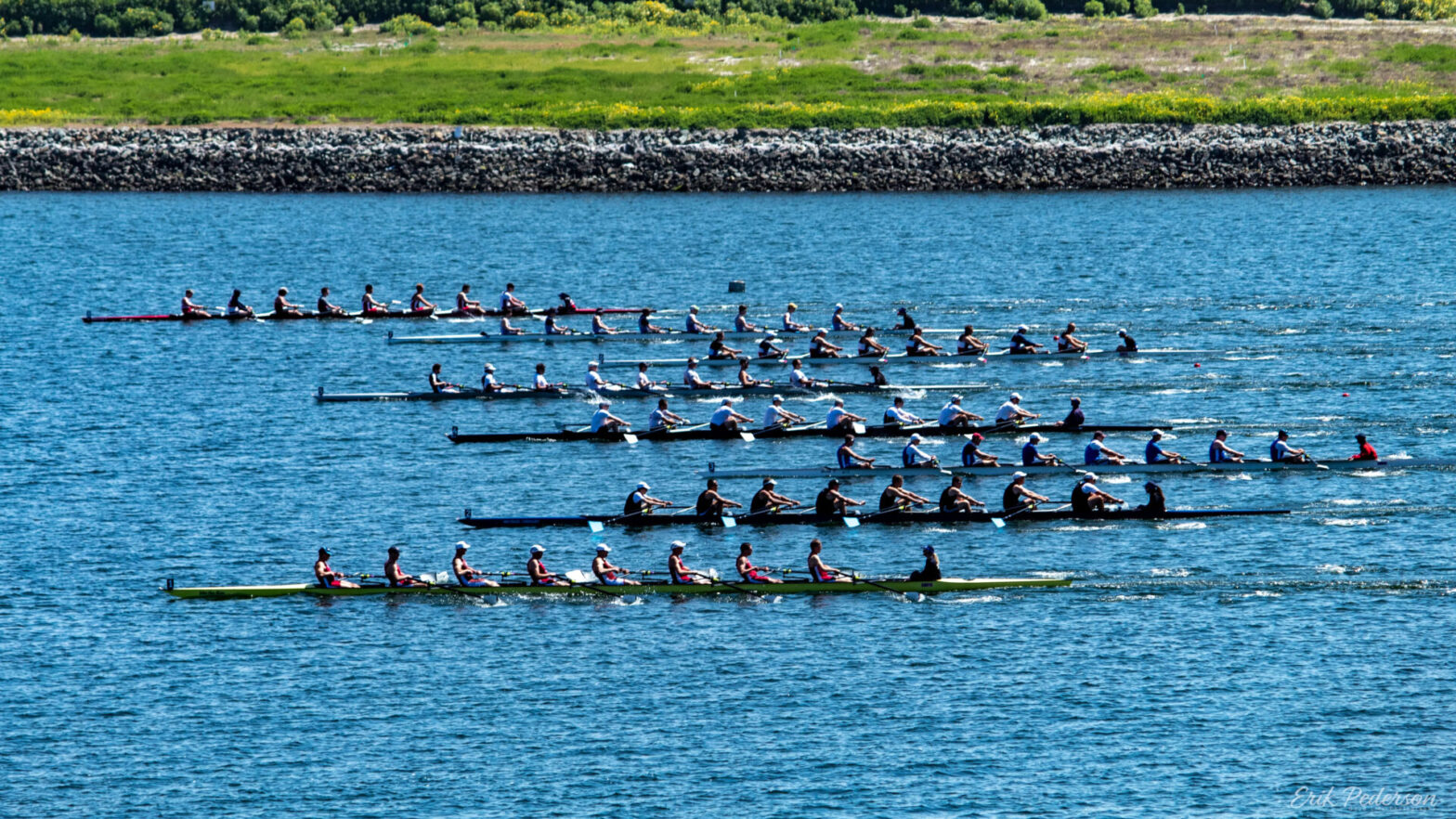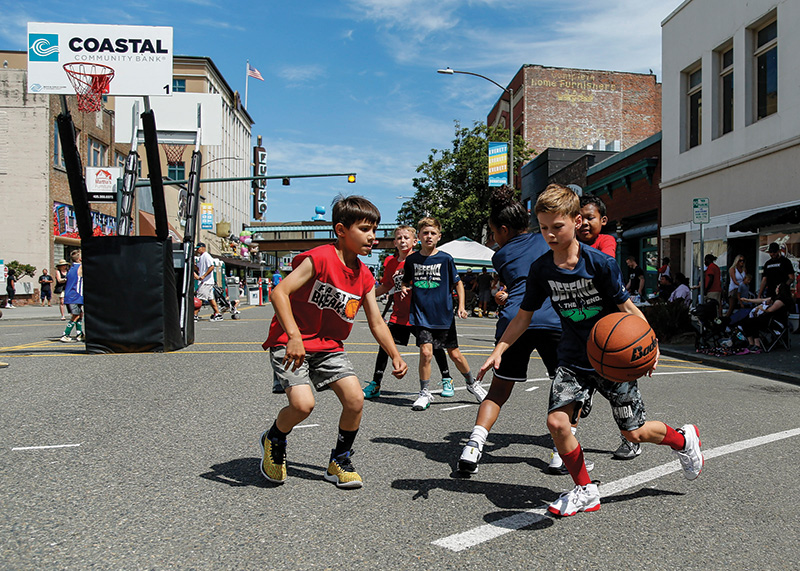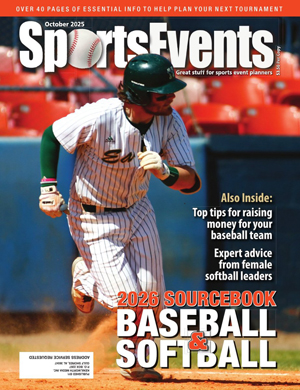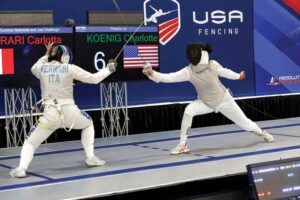
Once the elite “Sport of Kings,” fencing now draws a diverse selection of athletes crossing swords in city recreation centers and high school gyms.
Demographics for the combat sport are changing thanks to organizations such as USA Fencing and the Fencing League of America (FLA), which are working to include an “ever-expanding community of ages, races, and social spheres,” says Carlos Kuri, FLA president and founder.
The FLA was created five years ago with the belief that fencing should be accessible to all, regardless of status or income.
Three years ago, the organization started working with the Amateur Athletic Union, a 130-year-old organization with close to a million members, to organize events and expand the sport.
“As a result, we have created a powerful tournament structure that puts families first and allows fencers to participate in local, state, and regional events as their incomes and ability levels allow,” Kuri says.
The mission is simple: Make fencing a sport for everyone.
“It is a noble sport that encompasses mind and body,” Kuri says. “It is a game of strategy that can be enjoyed by young and old, novice and expert, and even para-fencing athletes.”
Fencing dates to 1190 BC, possibly originating in ancient Egypt. It was a form of military training and evolved into a sport in the 14th or 15th century in Germany and Italy. It is one of only five sports that has been contested in every Olympics since 1896, along with cycling, athletics, gymnastics, and swimming.
USA Fencing, the national governing body for the sport, sanctions between 110 and 125 events each year across its regional and national events programs. Categories include various age groups in the juniors, men’s, women’s, and veterans’ divisions.
More than 45,000 fencers are affiliated with these national fencing organizations, a number that is growing.
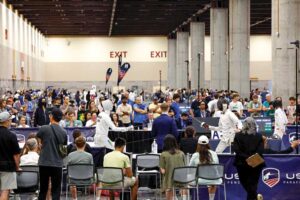
“Through the new approach that AAU and FLA are bringing to the sport, we see a significant annual growth in membership and participation, and we are not going to stop until we reach hundreds of thousands or even millions of fencing athletes,” Kuri says.
Over the last year, FLA has doubled its base of fencers in Florida and brought dozens of tournaments to the Southeast and beyond.
“We make it possible for athletes of all incomes and interest levels to participate in an activity that was in the past considered a ‘destination’ sport,” Kuri says. “One had to actively go out and look for it if you were interested. The participants were spread out in small pockets concentrated in major cities.”
The FLA’s philosophy is to not only grow the sport in popularity and accessibility, but to evolve into a life-long pursuit.
“We start at the grassroots; your high-school gyms, city recreation centers, your college clubs,” Kuri says. “We make the sport accessible to everyone. We foresee an incredible future for the sport.”
A big draw
The sport of fencing continues to draw participants and their families to destinations. And aspects of the sport offer a unique opportunity for those sites, says Glen Hollingsworth, USA Fencing’s director of national events.
“Fencing is desirable to host for facilities and sports commissions thanks to the vast membership USA Fencing holds and the opportunity to expose communities to an action-packed sport that many may not be familiar with,” Hollingsworth says. “Our membership spans the entire country, so when we host tournaments, 90 percent or more of the attendees are coming from outside the area where the event is being held.”
This means a chance for people to get familiar with the host destination, as well as the large economic impact that comes with thousands of overnight visitors.
From a host city perspective, fencing doesn’t require a specialized space to the degree of other sports, instead using versatile event space. For USA Fencing’s national tournaments, the biggest requirements are space and nearby hotels.
The USA Fencing Summer Nationals, held in July at the Phoenix Convention Center, had more than 5,300 competitors for the 10-day event, which brought in more than 8,000 total hotel room nights to the city, says Chris Miller, corporate communications manager for Visit Phoenix. That’s a jump from the 4,500 athletes who competed in the 2022 Nationals.
Visit Phoenix worked with downtown properties and the convention center to build a competitive bid to secure the event, Miller says.
“An event of this magnitude requires a significant amount of convention center space–we worked with the Phoenix Convention Center to lock in the absolute best space available for an event of their size,” Miller adds. “From there, we engaged our hotel community to ensure that competitors and attendees had a myriad of options for accommodations.”
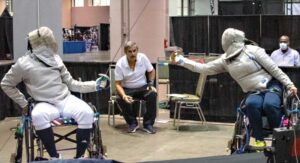
The sport offers abundant opportunities for engagement and ancillary programs in mid-sized cities that may not have a significant presence of fencing.
“We’ve been fortunate to have some fantastic partners, including Louisville, Ky., and Minneapolis, Minn., who have worked with us on programming to bring in outside groups, expose them to the sport, and jump-start activity at the local level,” Hollingsworth says.
Kuri says national events draw 5,000 to 7,000 competitors, each accompanied by parents, siblings, friends, and spouses, contributing to the local economy.
“The sport attracts creative and adventurous people enthusiastic to explore new places and the experiences that come with them,” Kuri says. “The community is eager to help support and bolster local commerce in the communities that host their events.”
So, what does a destination need to host a fencing event? Most national competitions are hosted in downtown areas at convention or expo centers with significant flat floor space.
Even the smallest national events USA Fencing operates—the Super Junior and Cadet Circuits—require around 100,000 continuous square feet of exhibit hall space.
“On the regional side, things get a bit more flexible,” Hollingsworth says.
Depending on the part of the country where events are held, USA Fencing can host a variety of sizes and types of spaces. At the regional level, the biggest requirement is a local club as a partner, Hollingsworth says.
“Many of our tournament organizers use existing multi-sport and recreational facilities, and ‘blank canvas’ type venues such as gyms and indoor tracks are ideal,” Hollingsworth says.
Kuri notes because the sport doesn’t rely on weather or time of day, an event can be held “anywhere at any time,” whether it is a local recreation center, neighborhood basketball gym, or city convention center.

“A typical high school gym can provide space for at least eight competitive ‘fields of play’ or ‘strips,’ providing space for a weekend competition facilitating hundreds of fencers,” Kuri says.
Want to host?
For a USA Fencing regional event, search for a local partnering organization at its club finder at member.usafencing.org/clubs. A full summary of venue needs is available at www.usafencing.org/regional-bid-packet.
Once a destination has a partner club or fencing organization to work with, officials can put together a bid to host an event. USA Fencing starts the bid process in November for the
2024-25 season, which begins in August 2024.
FLA partner clubs host and sanction hundreds of tournaments annually all over the country. However, AAU/FLA is always looking for opportunities to expand the sport.
Learn more at www.fencingleagueofamerica.org or email info@fencingleagueofamerica.org.




